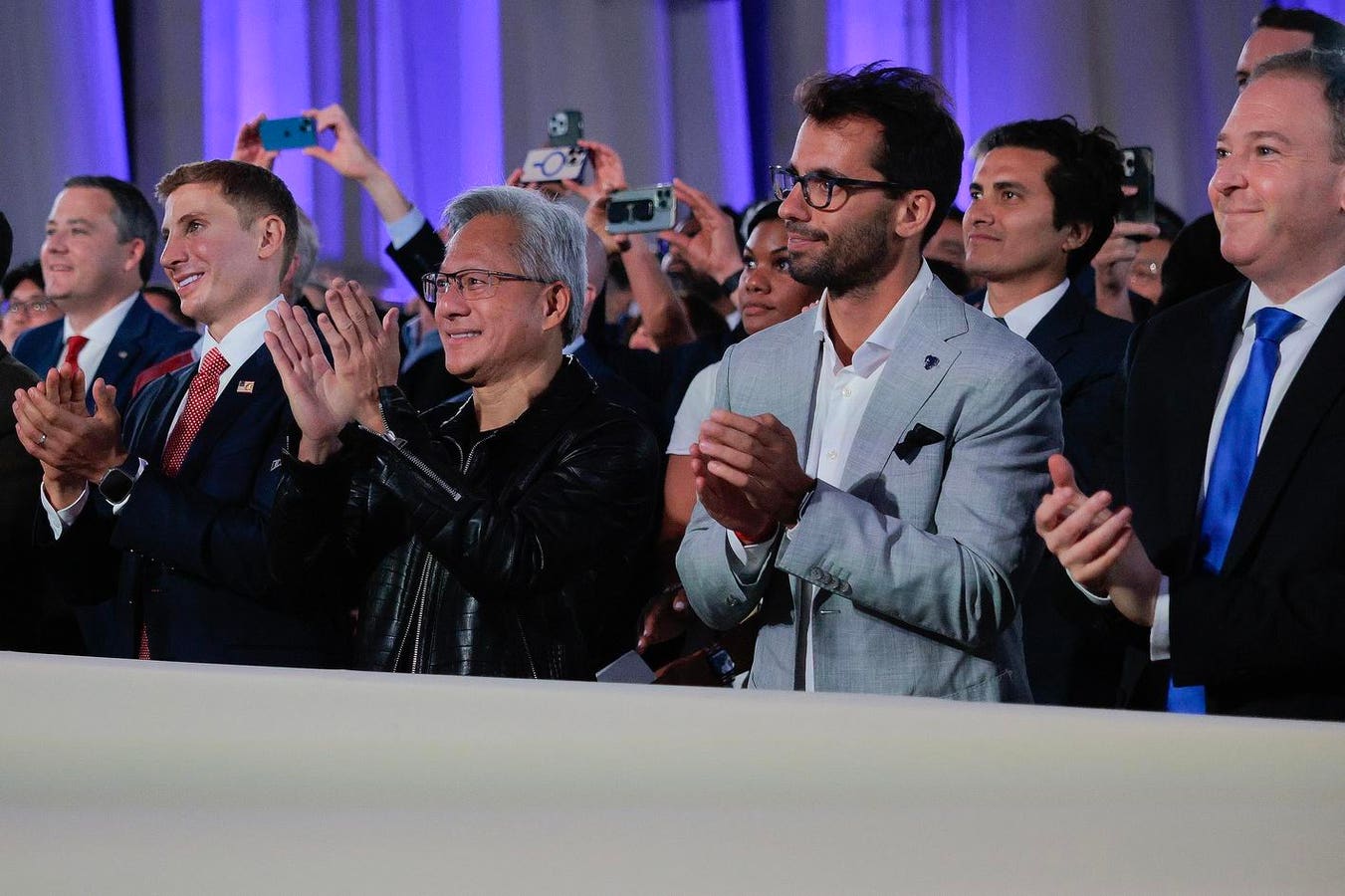Why Beliefs About Technology Training Hurts Workplace Innovation
getty
People often say things like, “I don’t need to understand technology because the computer does it for me.” At first, this might seem practical. After all, most tools today are designed to be user-friendly. You might even think that you never learned how a calculator works but you still use it well. But imagine if you had not learned the foundation of math that made the calculator so useful in the first place. How would that have impacted you in unforeseen ways? It is not that different with any form of technology. There is just more technology to learn. Smartphones recognize your face, cars guide you with GPS, and software often works with a simple click. But this belief of thinking it is not necessary to know things shuts down curiosity and limits workplace innovation. In my research on curiosity, the over and under-utilization of technology turned out to be one of the key inhibitors of curiosity. When employees avoid even a basic understanding of technology, they miss chances to explore, solve problems, and innovate.
Why Technology Knowledge Matters For Workplace Innovation
getty
Why Technology Knowledge Matters For Workplace Innovation
Believing technology is not necessary to know often creates hidden costs that show up later and add up to much more than people realize. Employees who only skim the surface of tools miss opportunities to improve efficiency. They may rely on default settings instead of customizing features, or they may repeat manual tasks that could be automated. Over time, these choices slow progress and hurt workplace innovation. Curiosity about how tools work fuels new ideas. Even basic knowledge helps employees ask better questions, connect concepts, and find creative solutions that benefit the organization.
How Technology Assumptions Limit Workplace Innovation
getty
How Technology Assumptions Limit Workplace Innovation
When people accept technology as something that “just works,” they give up the chance to think critically. Critical thinking is going to become one of the biggest differentiators between humans and AI, and a key to being employable in the future. Before AI makes a bigger impact, it is already important to think critically. A manager who never explores how a database functions may miss a new way to track customer needs. A teacher who avoids learning even simple AI tools might miss creative ways to engage students. A doctor who overlooks how data flows through systems may miss insights that improve patient care. Innovation comes from being curious enough to understand technology at work in order to create the next big idea and work in the most efficient and engaged way.
The Impact Of AI On Workplace Innovation
getty
The Impact Of AI On Workplace Innovation
Artificial intelligence has already changed the way work gets done. From customer service chatbots to tools that analyze massive amounts of data, AI can speed up processes and improve accuracy. But AI is only as effective as the people who use it. When employees assume they do not need to understand how AI works, they miss the opportunity to spot errors, challenge outcomes, or think creatively about new applications. Studies show that AI can make mistakes or reflect biases in the data it learns from. Without curiosity about how AI reaches its results, employees may blindly accept answers that are flawed. On the other hand, employees who ask questions about how AI functions and how to apply it responsibly help their organizations gain a real competitive advantage. Workplace innovation in the AI era will belong to those who are curious, not just those who are compliant.
How Leaders Can Support Workplace Innovation By Promoting Technology Curiosity
getty
How Leaders Can Support Workplace Innovation By Promoting Technology Curiosity
Leaders have the ability to shift culture from avoidance to exploration. They can:
- Show interest in how technology works, not just in results.
- Encourage teams to ask questions about the tools they use every day.
- Recognize employees who explore new features and share what they learn.
- Provide time and space for experimentation without pressure.
- Offer training sessions that focus on both how to use technology and why it matters.
When leaders model curiosity, employees feel safer to explore and less likely to dismiss technology as unnecessary. This creates a culture where workplace innovation thrives.
Strategies Employees Can Use To Build Workplace Innovation Through Technology
getty
Strategies Employees Can Use To Build Workplace Innovation Through Technology
Employees who want to challenge the belief that technology is not necessary to know can take small but meaningful steps:
- Learn the basics. Spend a few minutes each week exploring how your most-used tools work.
- Experiment with features. Test new settings or functions instead of only using defaults.
- Seek resources. Use short tutorials, articles, or peer guidance to build confidence.
- Connect with peers. Share discoveries and ask questions in team discussions.
- Start small projects. Try building a simple website, using a new app, or personalizing a tool you already use.
- Engage with AI responsibly. Explore AI tools with curiosity, ask how they work, and evaluate their results critically.
These actions reduce the mystery that surrounds technology and help employees see it as an ally for workplace innovation.
Why Workplace Innovation Requires Technology Literacy
getty
Why Workplace Innovation Requires Technology Literacy
Technology literacy is becoming as essential as reading and math. Just as you do not need to be a novelist to benefit from reading, you do not need to be a coder to benefit from understanding technology basics. When employees avoid learning because they believe it is not necessary, they create dependence on others and limit their own growth. Workplace innovation requires curiosity, and curiosity requires a willingness to understand the tools that shape today’s work.
Building Workplace Innovation By Replacing Avoidance With Curiosity
getty
Building Workplace Innovation By Replacing Avoidance With Curiosity
The belief that technology is not necessary to know is one of the biggest barriers to curiosity. Avoiding learning might feel efficient in the moment, but it blocks the path to growth. By encouraging curiosity, leaders and employees can move beyond surface-level use and unlock the full potential of the tools around them. Every step toward understanding strengthens confidence, sparks creativity, and builds resilience. When curiosity replaces avoidance, workplace innovation becomes the natural outcome. In an era where technology evolves daily, those who question, learn, and adapt will not only keep up but lead the way.









